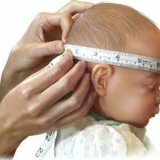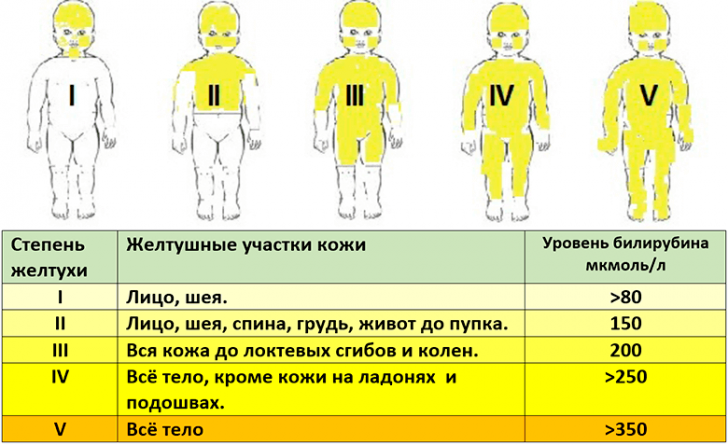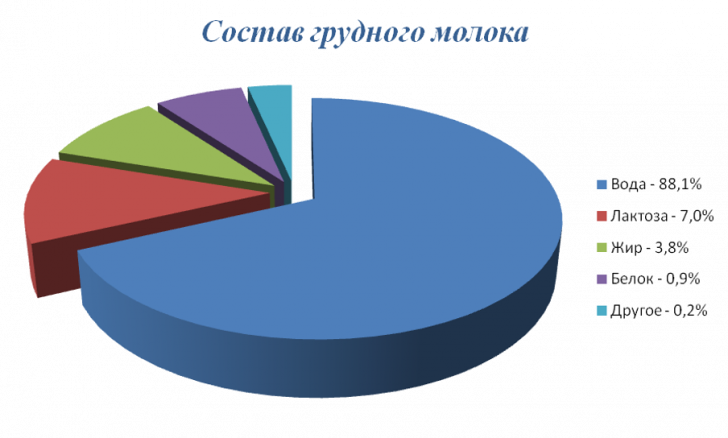Anomaly of the brain and spinal cord in a newborn

Brain injuries in newborns can occur both in utero and during labor itself. If negative factors affect the child at the embryonic stage of development, then serious vices that are incompatible with life arise. If such an impact was on the child after 28 weeks of pregnancy, the anomaly of the brain and spinal cord in the newborn will allow him to live, but normally he will not be able to develop normally. The main causes of such anomalies are: oxygen starvation, hypoxia, intracranial birth trauma, intrauterine infections, as well as hereditary metabolic disorders and chromosomal pathologies.
Craniocerebral hernia
The incidence of such hernias is 1 case per 5000 births. The newborn under the skin( hernial sac) contains either the brain shell or the brain substance itself. The most severe form of craniocerebral hernia is a gross developmental defect, when the hernial sac contains, in addition to the substance of the brain itself, the ventricles of the brain. With such an anomaly in the child there is a violation of coordination of movements, a breakdown in the functions of breathing, sucking or swallowing. Treatment only surgical, the forecast of the physician determines the size of the hernia and the contents of her hernial sac.
Cerebrospinal hernia
An anomaly of the development of the spinal cord, manifested in the protrusion of the meninges and spinal cord through the hole formed due to the spinal cord nezarascheniya. There are such hernias 1 time per 1000 newborns. The contents of the hernial sac are both the spinal cord membranes( the most favorable variant), and its roots, as well as the substance of the spinal cord itself. It manifests as paralysis of the lower extremities, paralysis of the sphincters of the rectum and bladder( urine and fecal masses constantly leak).When the roots are located in the hernial sac, the defects of the lower extremities appear - edema of the feet, bedsores and ulcers. Treatment of spinal hernia surgical, is carried out with normal mental development of the child and safety of the function of the spinal cord. There is also a therapeutic massage and physical education, as well as physiotherapy.
Microcephaly
This is a reduction in the skull when the brain is underdeveloped. Usually accompanied by neurological disorders and mental retardation. Microcephaly is hereditary and embryopathic. The latter form occurs when exposure to harmful factors on the mother during pregnancy. The cause of microcephaly is often the prolonged hypoxia of the fetus. In microcephaly, the brain is sharply( 2-3 times) reduced in size, the cortex of the large hemispheres is underdeveloped, and the structure of the remaining parts of the brain is disrupted.
The diagnosis of microcephaly is given to the child immediately after birth. The newborn has a characteristic appearance - the volume of the brain skull is less than the facial, the head is disproportionately small, it is narrowed upward. Microcephaly in children in the first year of life is accompanied by a delay in psychomotor development, and further in these children intellectual disorders( various degrees of oligophrenia) become pronounced. In light cases, children are trained, in difficult cases - they do not adapt well to the social environment. The treatment consists of taking medications that improve cerebral circulation, as well as soothing, diuretic and anticonvulsants. There is also a massage and exercise therapy.
Hydrocephalus
It is also called a dropsy of the brain - it is an expansion of the spaces between the brain and the medullary membranes due to the increased amount of cerebrospinal fluid or the violation of its reverse absorption. Symptoms of hydrocephalus - a sharp increase in the child's head, a significant divergence of fontanelles and cranial sutures, as well as thinning of the bones of the skull. Often with hydrocephalus, there are abnormalities of facial development. Usually hydrocephalus is accompanied by neurological disorders - lack of movements in the limbs, increased muscle tone, trembling of the legs, hands, chin. When violations of the outflow of cerebrospinal fluid from the skull develops increased intracranial pressure. The child has vomiting, the skin is pale, heart beat is slowed. In severe cases, cramps and respiratory arrest are possible. With severe hydrocephalus the child lags behind in psychomotor development, its mobility is limited due to difficulties with head retention. There is a violation of blood circulation in the body tissues, a bad weight gain, bedsores appear. Treatment of hydrocephalus is complex, taking into account the severity of the child's condition. Appointed drugs that reduce intracranial pressure. Sometimes surgical treatment is indicated.



